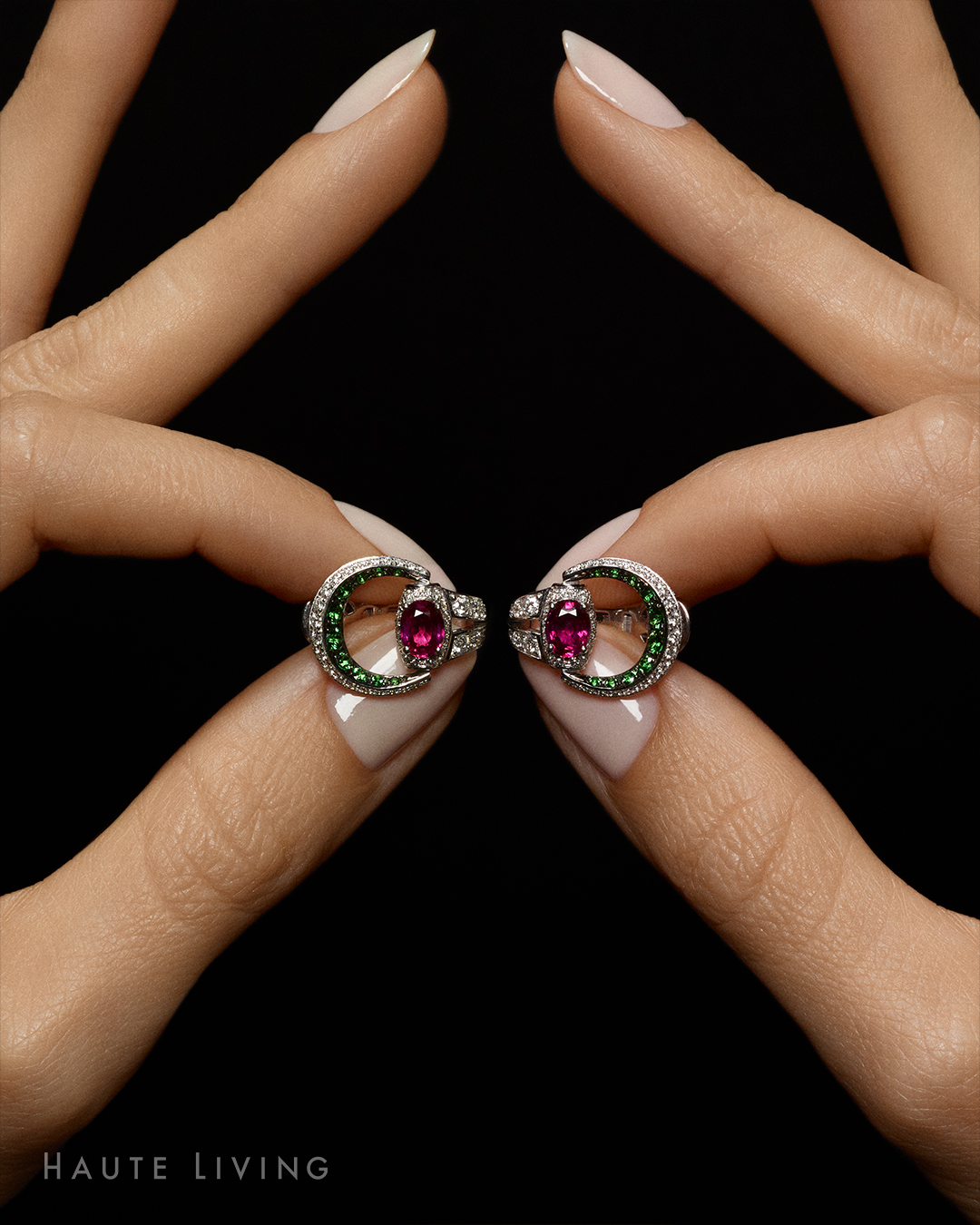Fat Transfer Controversy: Fresh or Frozen?

Doctors are exploring the possibilities and options of using frozen fat as opposed to fresh fat in transfers. The question is, do the two types heed the same results?
Fat transfer, or the removal of fat from one place on the body for placing elsewhere, is traditionally performed with fresh fat. Some doctors are now cryogenically freezing fat for future use.
According to plastic surgeon Dr. Hatem Abou-Sayed, “Most patients have donor sites of fat that can be used for fresh transfer. I think the argument that you can get equivalent results from frozen fat compared to fresh fat, I think that’s a difficult argument to make with the science.”
Dr. Jeffrey Hartog of Winter Park is testing this theory through Liquid Gold, his new fat bank where he freezes fat in a cryogenic chamber. Because people lose tissue volume as well as fat and its stem cells as they age, freezing the fat is more beneficial than losing it altogether.
“Fat is 100, even 1,000 times richer in these stem cells than bone marrow,” explained Hartog. “Instead of throwing the fat away, we re-inject the fat into the areas that we want.”
This works in the case of patients that get fat transfers but need multiple surgeries, so conserving the leftover fat through freezing it is beneficial.
“Your own fat transfers to one part of your body to another. The key is that fat has to take as a graft, and once it does, it’s your own,” Hartog said.
When it comes down to it, it seems this is one topic that doctors will have to experiment with to make a decision.
Related Articles
Daniel’s Brings an Elevated Steakhouse Pop-Up to Palm Tree Club Miami’s Waterfront Scene
Daniel’s launches its first steakhouse pop-up at Palm Tree Club Miami, bringing award-winning cuisine to the waterfront weekdays.
The Art of Adornment How Gucci Interprets Heritage in High Jewelry
Haute Living exclusive Gucci High Jewelry editorial spotlighting the Labirinti, Horsebit, Marina Chain, and Monili collections.
Museum of Graffiti Hosts an Art Basel Collector’s Dinner Where Art, Fashion, and Craft Converged
Museum of Graffiti’s Art Basel Collectors’ Dinner united JonOne, Sergio Hudson, KYU, and Woodford Reserve in Wynwood.
Where the Riviera Meets Refined Luxury: My Fairmont Monte Carlo Experience
A personal stay at Fairmont Monte Carlo, where Mediterranean views, refined service, and Monaco’s energy shaped an unforgettable experience.
Guide To Christmas Gifts: Finding The Perfect Present For Everyone
Thoughtful Christmas gift ideas focused on personal tastes, experiences, and chocolate Christmas gifts to delight friends and family.
Where St. Barths Rings in the New Year: Le Toiny, The Surf Lodge, and Ferragamo Unite for NYE
Le Toiny partners with The Surf Lodge and Ferragamo for an ultra-exclusive New Year’s Eve celebration in St. Barths.
Latest Stories
Trending Articles
Related Articles
Daniel’s Brings an Elevated Steakhouse Pop-Up to Palm Tree Club Miami’s Waterfront Scene
Daniel’s launches its first steakhouse pop-up at Palm Tree Club Miami, bringing award-winning cuisine to the waterfront weekdays.
The Art of Adornment How Gucci Interprets Heritage in High Jewelry
Haute Living exclusive Gucci High Jewelry editorial spotlighting the Labirinti, Horsebit, Marina Chain, and Monili collections.
Museum of Graffiti Hosts an Art Basel Collector’s Dinner Where Art, Fashion, and Craft Converged
Museum of Graffiti’s Art Basel Collectors’ Dinner united JonOne, Sergio Hudson, KYU, and Woodford Reserve in Wynwood.
Where the Riviera Meets Refined Luxury: My Fairmont Monte Carlo Experience
A personal stay at Fairmont Monte Carlo, where Mediterranean views, refined service, and Monaco’s energy shaped an unforgettable experience.
Guide To Christmas Gifts: Finding The Perfect Present For Everyone
Thoughtful Christmas gift ideas focused on personal tastes, experiences, and chocolate Christmas gifts to delight friends and family.
Where St. Barths Rings in the New Year: Le Toiny, The Surf Lodge, and Ferragamo Unite for NYE
Le Toiny partners with The Surf Lodge and Ferragamo for an ultra-exclusive New Year’s Eve celebration in St. Barths.
Subscribe to Haute Living
Receive Our Magazine Directly at Your Doorstep
Embark on a journey of luxury and elegance with Haute Living magazine. Subscribe now and have every issue conveniently delivered to your home. Experience the pinnacle of lifestyle, culture, and sophistication through our pages.


Haute Black Membership
Your Gateway to Extraordinary Experiences
Join Haute Black and unlock access to the world's most prestigious luxury events










